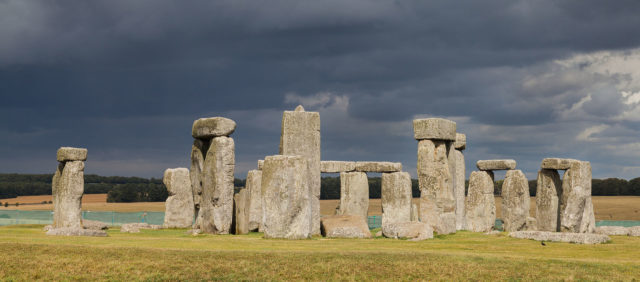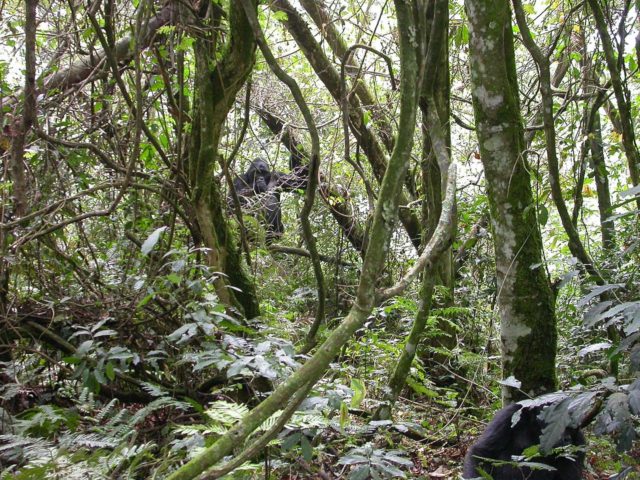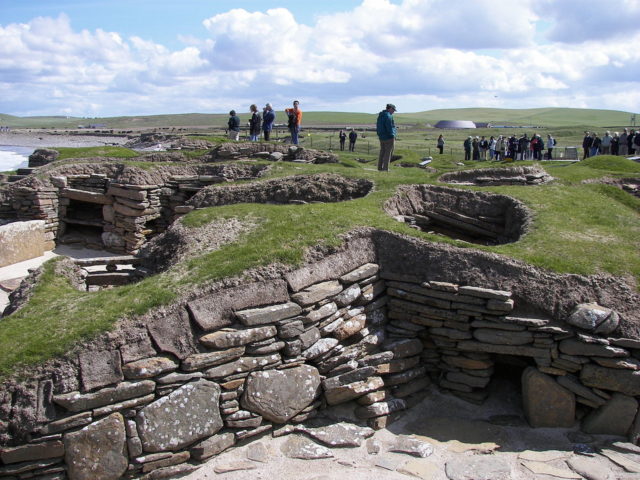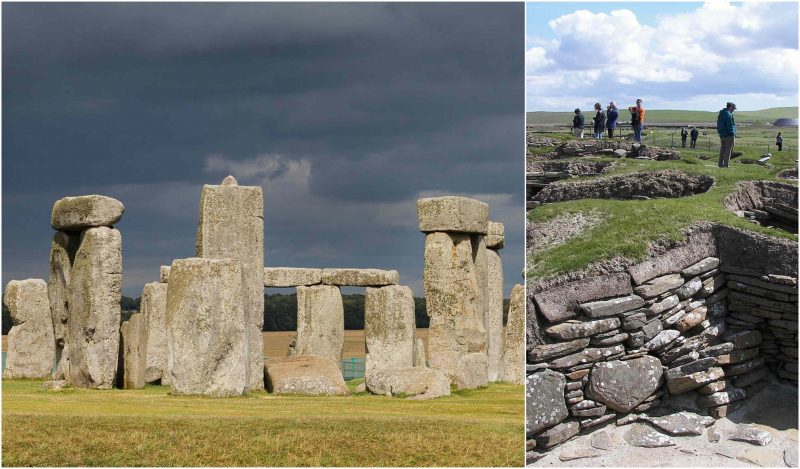Stonehenge has always been a popular topic among archaeologists and historians. For decades there has been an important conversation into how those stones ended up being stacked and placed. Because these stones are so large and weigh thousands of pounds, it would be easy to think that they would last forever. However, new research done by experts states that the stones may not last as long as we think. So, what would be the stones’ ultimate demise? No, it is not an earthquake or a natural disaster at all. The stones are at risk from moles. Yes, the little furry creatures that live in the ground. Experts believe that Stonehenge could come crashing down from moles and the earth’s rising temperatures.

Stonehenge isn’t the only world heritage site at risk for being ruined by climate change. It is believed that the Statue of Liberty, Venice, and the Galapagos Islands will be threatened by the weather. So where do the moles come in? Well, according to scientists, small rodents, rabbits, and badgers all will flourish in warmer weather conditions. This would result in more underground activity associated with these animals, causing the monuments to possibly shift or crash to the ground. This information was released by the Union of Concerned Scientists (UCS), the UN Heritage body UNESCO, and the United Nations Environment Program (UNEP).

All of the scientists in the group warn that warmer winters will likely boost the populations of the burrowing animals. This will result in the possibility of ground disturbances near the archaeological grounds, thus making the stonework less stable. In the report issued by the scientists, it says that the warmer winters will cause the animals to reproduce more, causing the ground to become more disturbed due to the rise in activity underground. The hotter and drier summers would also increase the number of visitors to the ancient sites. Currently, there are about one million visitors a year, which increase the disturbances underground. Intense rain and flooding do not help the problem either.
To add to these issues, warmer and wetter ground conditions mean that it is the ideal time for earthworms to reproduce. Worms are a major part of the mole’s diet, thus creating an endless cycle of reproduction between the animals. The soft, wet soil also makes it easier for the animals to dig than does the drier ground.
Other historic sites and World Heritage sites are feeling the pressure of rising temperatures. There are rising sea levels, erosion, and storms that hit Orkney’s Neolithic treasures. The tropical coral reefs in this particular area are also at risk; being bleached due to the warmer sea temperatures. The report written by experts looked at 31 natural and world cultural sites in 29 different countries. These sites happen to be the most vulnerable of all because of the temperatures, melting glaciers, raising sea levels, intense weather, droughts, and longer wildfire seasons. The study stated that the climate change will or already has begun to destroy some of the world’s famous historical and heritage sites. One site, for example, would be the Galapagos Islands, the site that helped Charles Darwin form his theory of evolution.
Other severe issues threaten the Heart of Neolithic Orkney site, where there are several habitations on the coast because people had realized the importance of living near the sea during the Stone Age. Half of these sites are being threatened by coastal erosion. One of the most threatened out of all of these sites is the 5,000-year-old Skara Brae, the site of one of the best-preserved dwellings from the Stone Age. It had been made with stone furniture, making it a rather complex home in Western Europe. The lead author in the report, Adam Markham, said that Orkney and a majority of Scotland are the main areas where one can see the damage erosion has already done. There are thousands of sites and many of them happen to be lost to coastal erosion and storms.

He added that if storms become worse, and the sea levels rise, the British heritage sites will be washed right out into the sea. He also said that other sites around the world are at risk for the same thing. One of these is Easter Island – the large stone heads are already close to the water. Although this isn’t as important, sites that bring in a lot of tourism and money will eventually be hit, causing these towns or villages to be plagued with economic decline. One site that has many visitors is Uganda’s Bwindi Impenetrable National Park. Rising temperatures could affect the habitats of the endangered mountain gorillas in the area.
Markham had said that every single one of these protected sites can clearly show that they have been affected by the climate changes. Due to Hurricane Sandy in New York, the Statue of Liberty faced great damages. It took nearly 68 million pounds to repair and protect the site. It is only a matter of time when more intense hurricanes hit the same areas and cause even greater damage.
In Venice, Byzantine, gothic, renaissance, and baroque architecture is already at risk from the rising sea levels. Workers have been trying to protect them from flooding, costing over four billion pounds.
The scientists and experts cannot express enough that it takes time to protect these sites, and they need funding in order to do the best they can – all that can be hoped for since the change in temperatures and climate is inevitable.
